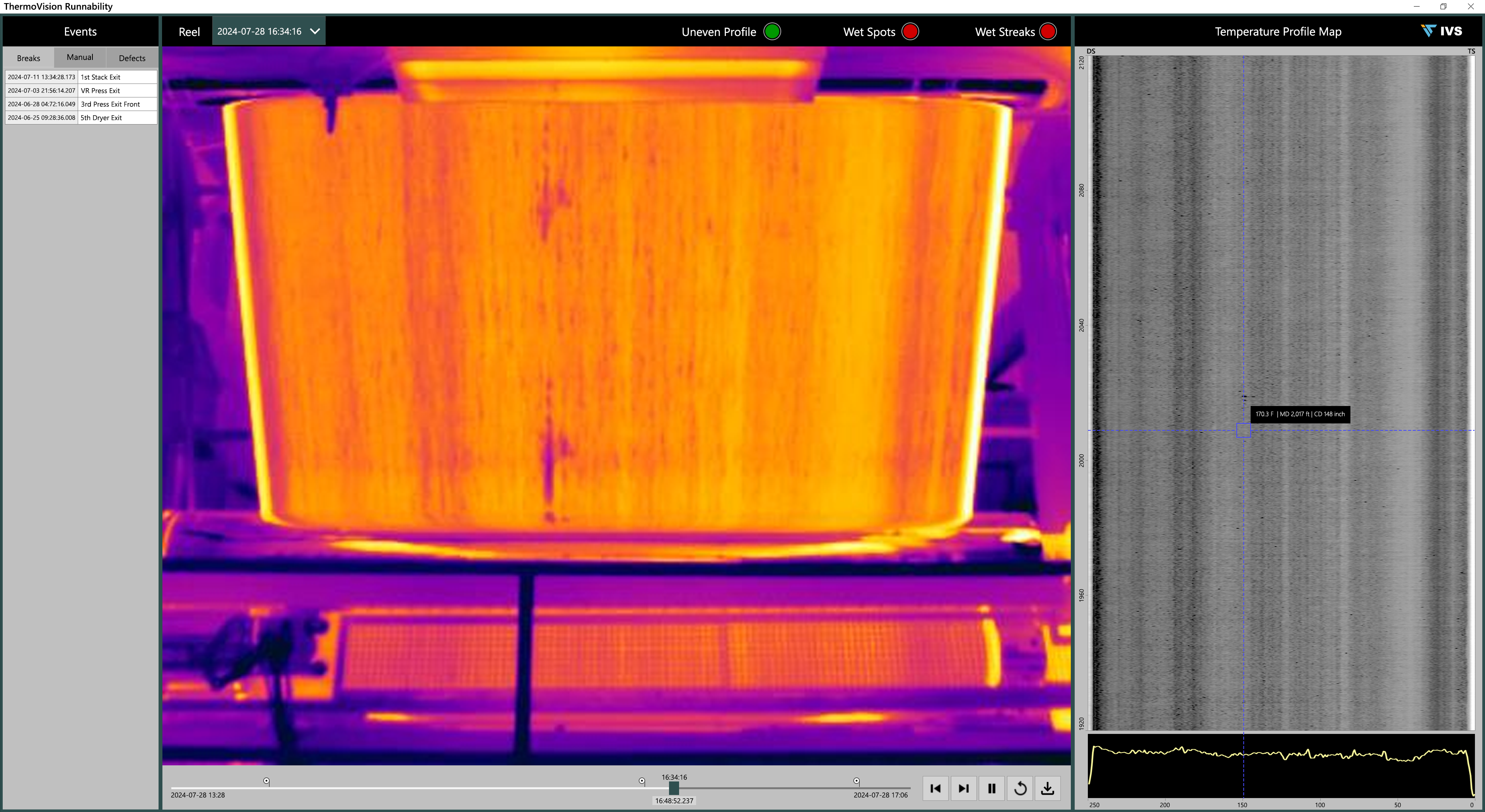Hydronic systems are gaining popularity due to their ease of installation, quiet operation, and safety compared to other heating technologies.
Hydronic heating can be used for many applications. Typical applications include hydronic building heat, snow melting (sidewalks, loading docks), indirect domestic hot water (where showers, sinks, dishwater, etc. are heated indirectly through a heat exchanger), indirect pool heating, water-source heat pumps, and reheating. There also are process applications including the food and beverage industry, automotive and aerospace painting facilities, and various other niche manufacturing process.
Lower water temperature means higher efficiency
Condensing hydronic boilers can operate at efficiencies higher than 90%. The key is to have incoming feedwater at temperatures below 140°F, and to be able to either modulate the boiler or have sufficient redundancy that operating units can be held near their optimum efficiency.
Kyle D. Bottorff, product manager at Fulton Heating Solutions Inc. explains how this works. "Lower water temperatures allow the heat exchanger material to get below the dewpoint temperature of the combustion flue gases. When this occurs (typically when operating at return water temperatures lower than 137°F for natural gas), the water vapor in the flue gases condenses to liquid, releasing 8,340 Btus for every gallon formed. This heat passes through the heat exchanger into the process fluid (water or water/glycol solution). As the system return water temperature decreases even further, the amount of condensate formed increases, therefore increasing thermal efficiency. There are variables that can affect the dewpoint temperature, such as fuel type and excess air percentage that the selected burner technology requires," he said.
Condensing versus noncondensing boilers
Noncondensing boilers can operate up to a peak thermal efficiency of 88%. However, according to Bottorff, their efficiency typically will be between 82% and 86%. They also require special installation considerations, such as low temperature protection, perhaps with three-way valves, and typically need primary-secondary piping.
"Condensing boilers are capable of operating at up to 99% efficiency, with typical efficiencies ranging anywhere from 92% to 97% depending on the product design and technologies," says Bottorff. They are intended for installations where lower return water temperatures are present or can be achieved during part-load conditions. Condensing boilers require Category IV positive-pressure condensing style (typically stainless-steel material) flue gas vents.
Due to better heat exchange technology, a condensing boiler typically will operate at a thermal efficiency several points higher than a noncondensing boiler, even at noncondensing conditions, according to Bottorff. However, the best return on investment will be at lower return-water temperature conditions. Even a system designed around noncondensing operating temperatures will not require these temperatures throughout the entire year. An outdoor temperature reset schedule is used to automatically lower the operating temperatures when the weather is mild, which accounts for the majority of the heating season. This allows a condensing boiler to condense the majority of the heating season, even for systems that require noncondensing design temperatures on the coldest day of the year.
Condensing boilers used in health care
St. Vincent Fishers Hospital in Fishers, Indiana is part of the largest Catholic, not-for-profit health care system in the U.S. It was the first hospital in Indiana to obtaining U.S. Green Building Council LEED certification under the Health care rating system.
When it came to its heating, humidification, and sterilization needs, St. Vincent Fishers chose to install Fulton boiler equipment. St. Vincent Fishers installed three dual-fuel Fulton Vantage (VTG-2000 DF) high-efficiency condensing hydronic heating boilers. The three installed Fulton Vantage hydronic boilers, as fully condensing boilers, achieve high thermal efficiencies-up to 99%-by recovering the latent heat of condensation from their own exhaust gases. They are dual-fuel optimized for both natural gas and No. 2 fuel oil. The Vantage condensing hydronic heating boilers also were installed with a Fulton ModSync controller for outdoor reset and BACnet communication to maximize system efficiencies based on seasonal temperatures and integration with building software systems, respectively.
Tips for end users
Bottorff offers advice for users interested in acquiring a hydronic system: "Don’t overcomplicate it. By keeping the system simple using variable primary piping arrangements, you can eliminate blending, boiler pumps, controls complexity, and ancillary devices," he said. "Variable primary piping is where the system uses a single loop for the boilers and heating coils, therefore all of the return water from the system goes directly through the boilers instead of being blended in a primary-secondary header, buffer tank, or hydraulic separator. Not only does this save the owner on installation and operation costs, but it also makes diagnosing concerns and routine maintenance much simpler.
Worth Investigating
Not all boiler replacement projects will result in high levels of savings, but for the right application, a condensing boiler system can yield significant energy savings, reduced plant emissions, and rapid response to changing heating load conditions. If your hydronic operation fits the temperature regimes for condensing boilers, it is certainly worth making that investigation.
MORE INFO
This article originally appeared in the Gas Technology Spring 2018 issue.



